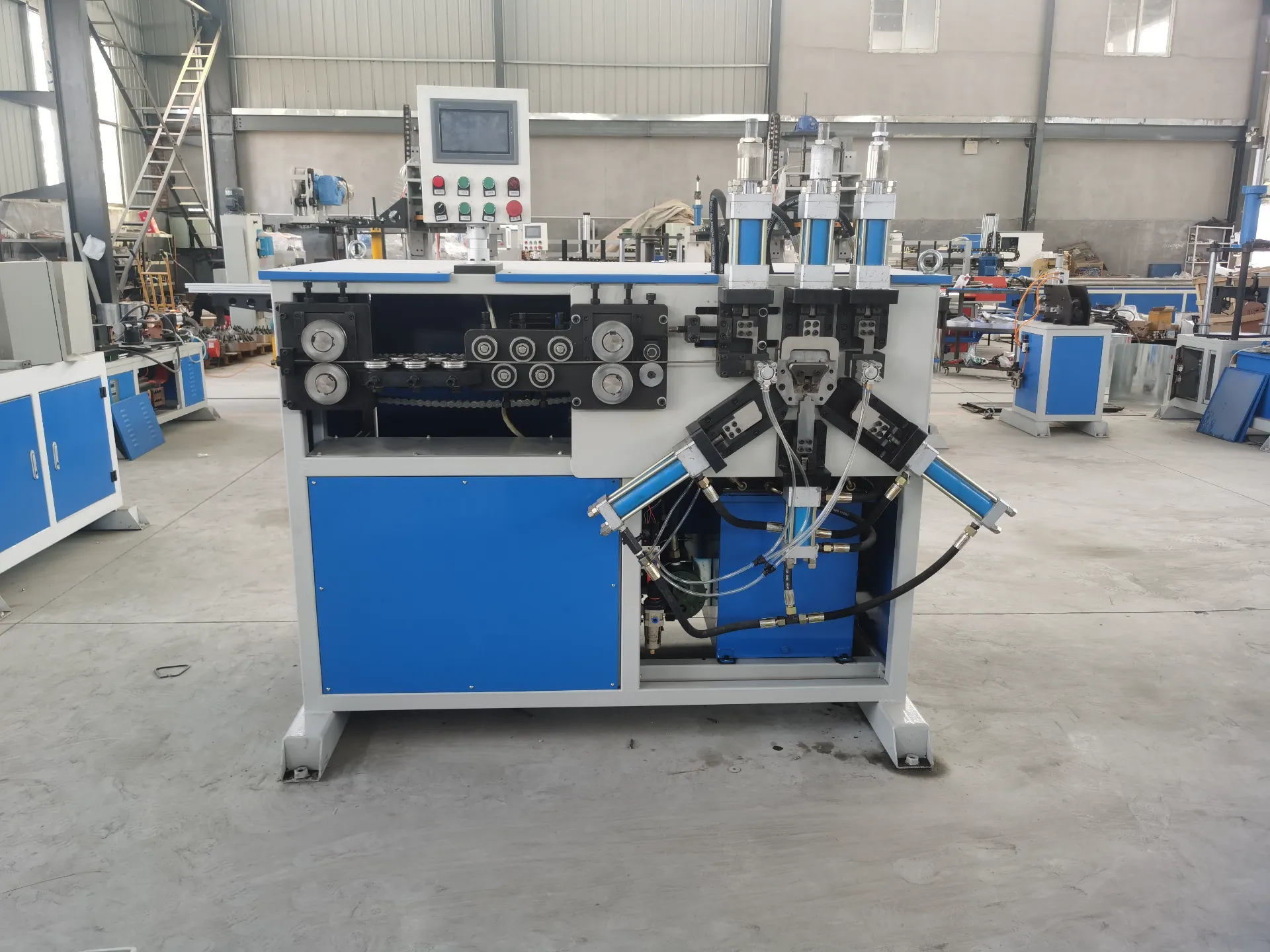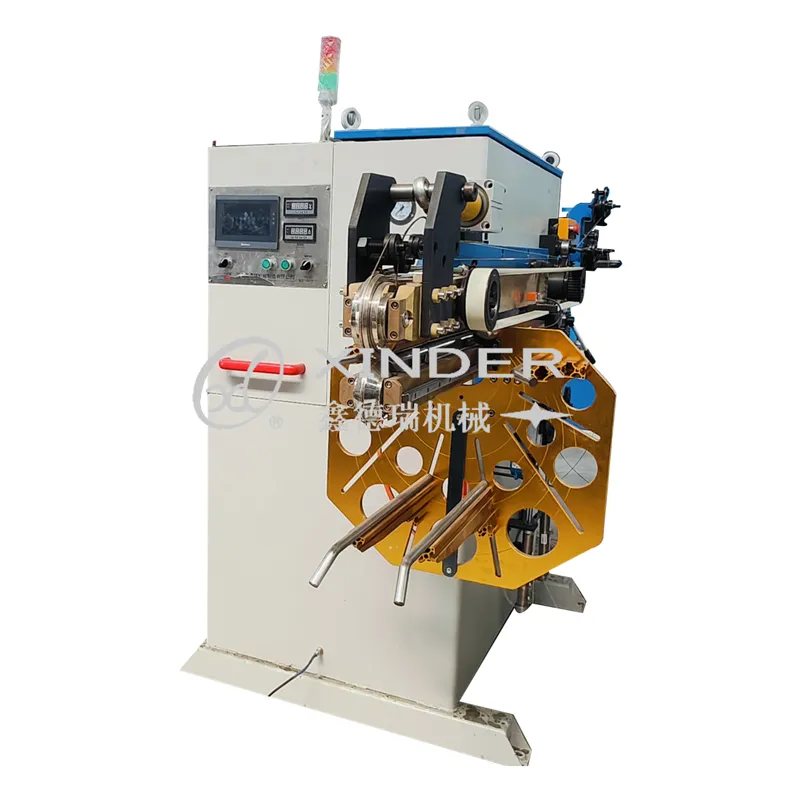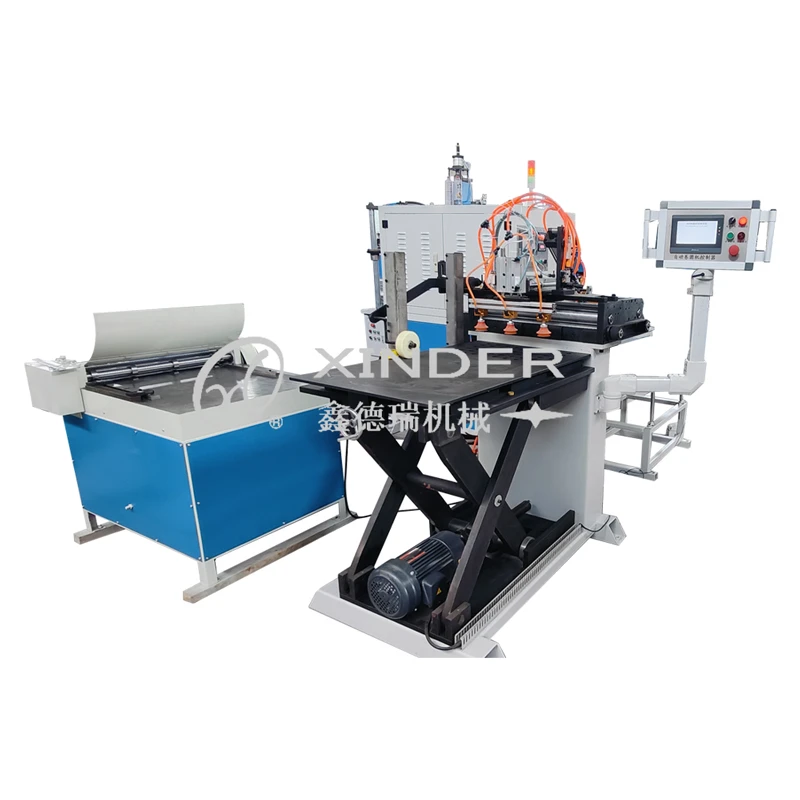-
 8613931787312
8613931787312 -
 Botou Industrial Zone on the east side of National Highway 104, Botou City, Hebei Province
Botou Industrial Zone on the east side of National Highway 104, Botou City, Hebei Province
- Afrikaans
- Albanian
- Amharic
- Arabic
- Armenian
- Azerbaijani
- Basque
- Belarusian
- Bengali
- Bosnian
- Bulgarian
- Catalan
- Cebuano
- Corsican
- Croatian
- Czech
- Danish
- Dutch
- English
- Esperanto
- Estonian
- Finnish
- French
- Frisian
- Galician
- Georgian
- German
- Greek
- Gujarati
- haitian_creole
- hausa
- hawaiian
- Hebrew
- Hindi
- Miao
- Hungarian
- Icelandic
- igbo
- Indonesian
- irish
- Italian
- Japanese
- Javanese
- Kannada
- kazakh
- Khmer
- Rwandese
- Korean
- Kurdish
- Kyrgyz
- Lao
- Latin
- Latvian
- Lithuanian
- Luxembourgish
- Macedonian
- Malgashi
- Malay
- Malayalam
- Maltese
- Maori
- Marathi
- Mongolian
- Myanmar
- Nepali
- Norwegian
- Norwegian
- Occitan
- Pashto
- Persian
- Polish
- Portuguese
- Punjabi
- Romanian
- Russian
- Samoan
- scottish-gaelic
- Serbian
- Sesotho
- Shona
- Sindhi
- Sinhala
- Slovak
- Slovenian
- Somali
- Spanish
- Sundanese
- Swahili
- Swedish
- Tagalog
- Tajik
- Tamil
- Tatar
- Telugu
- Thai
- Turkish
- Turkmen
- Ukrainian
- Urdu
- Uighur
- Uzbek
- Vietnamese
- Welsh
- Bantu
- Yiddish
- Yoruba
- Zulu
студ . 14, 2025 12:32
Back to list
types of tube benders
Tube benders are invaluable tools in various sectors such as industrial manufacturing, automotive construction, and custom metalwork. Understanding the different types of tube benders is crucial for selecting the appropriate tool for bending various materials like metals, plastics, and composites. Knowledge about the types of tube benders and their specific applications will enhance the quality and efficiency of your projects.
CNC (Computer Numerical Control) tube benders epitomize the peak of precision and customization in tube bending technology. These digitally controlled machines allow for exact bending according to computer-designed specifications. CNC benders can create complex geometries and intricate forms that would be nearly impossible with manual or basic hydraulic equipment. The high level of automation cuts down on manufacturing time and greatly reduces human error, making CNC benders essential in sectors requiring high precision, such as aerospace and automotive industries. Besides, the capability to program and save multiple bending sequences adds versatility to mass production processes. Selecting the right type of tube bender is central to optimizing the bending process and achieving high-quality results. Considerations such as tube material, thickness, bend radius, and project scale are paramount in making an informed decision. For simple, one-off creations or small quantities, a manual bender might suffice. However, for extensive, repetitive tasks involving tougher materials, an investment in hydraulic, electric, or CNC technology is justified, as it promises efficiency, repeatability, and enhanced precision. To ensure maximum productivity and safety, it is important to provide adequate training and preventive maintenance for tube bender operators. Understanding machine capabilities, limitations, and maintenance schedules not only prolongs equipment lifespan but also ensures consistent output quality. In conclusion, being well-informed about the types of tube benders and their applications can be transformative in the manufacturing industry. It allows stakeholders to make judicious choices regarding equipment procurement, processes optimization, and production planning, ultimately resulting in superior product quality and efficient resource utilization.


CNC (Computer Numerical Control) tube benders epitomize the peak of precision and customization in tube bending technology. These digitally controlled machines allow for exact bending according to computer-designed specifications. CNC benders can create complex geometries and intricate forms that would be nearly impossible with manual or basic hydraulic equipment. The high level of automation cuts down on manufacturing time and greatly reduces human error, making CNC benders essential in sectors requiring high precision, such as aerospace and automotive industries. Besides, the capability to program and save multiple bending sequences adds versatility to mass production processes. Selecting the right type of tube bender is central to optimizing the bending process and achieving high-quality results. Considerations such as tube material, thickness, bend radius, and project scale are paramount in making an informed decision. For simple, one-off creations or small quantities, a manual bender might suffice. However, for extensive, repetitive tasks involving tougher materials, an investment in hydraulic, electric, or CNC technology is justified, as it promises efficiency, repeatability, and enhanced precision. To ensure maximum productivity and safety, it is important to provide adequate training and preventive maintenance for tube bender operators. Understanding machine capabilities, limitations, and maintenance schedules not only prolongs equipment lifespan but also ensures consistent output quality. In conclusion, being well-informed about the types of tube benders and their applications can be transformative in the manufacturing industry. It allows stakeholders to make judicious choices regarding equipment procurement, processes optimization, and production planning, ultimately resulting in superior product quality and efficient resource utilization.
Next:
Latest News
-
Understanding Resistance Welding: Equipment, Manufacturers, and PricingNewsMay.15,2025
-
Understanding Pneumatic Welding Machines: Types, Applications, and AdvantagesNewsMay.15,2025
-
Exploring Tube Benders: Types, Manufacturers, and ApplicationsNewsMay.15,2025
-
Exploring Metal Pipe Machines: Types, Functions, and ApplicationsNewsMay.15,2025
-
Exploring Laser Welding Machines: Key Manufacturers, Technology, and ApplicationsNewsMay.15,2025
-
Exploring Barrel Production Lines: Machines, Pricing, and Manufacturing ProcessNewsMay.15,2025
-
The Role of Steel Pipe Manufacturing Machines in Modern IndustriesNewsApr.18,2025
related products
-
 Fully Automatic Kaiping Production LineOct . 17, 2024
Fully Automatic Kaiping Production LineOct . 17, 2024 -
 Fully Automatic Metal Bucket Lifting HeadphonesSep . 14, 2024
Fully Automatic Metal Bucket Lifting HeadphonesSep . 14, 2024 -
 Automatic Rolling MachineSep . 14, 2024
Automatic Rolling MachineSep . 14, 2024

